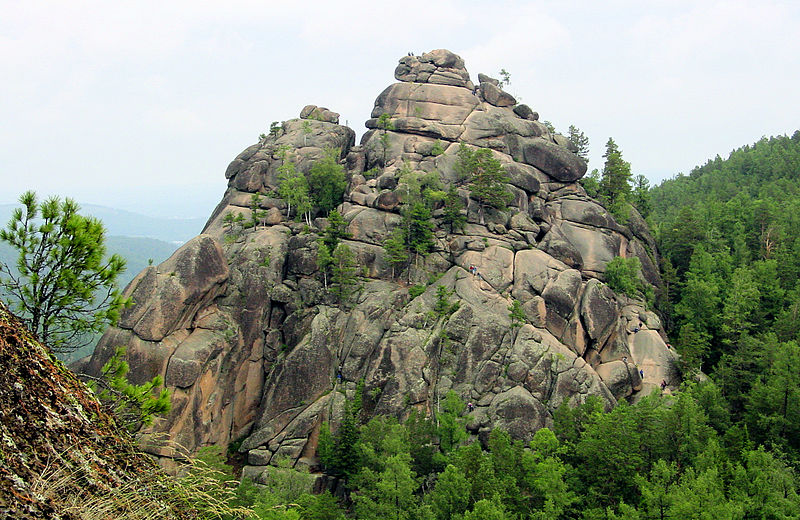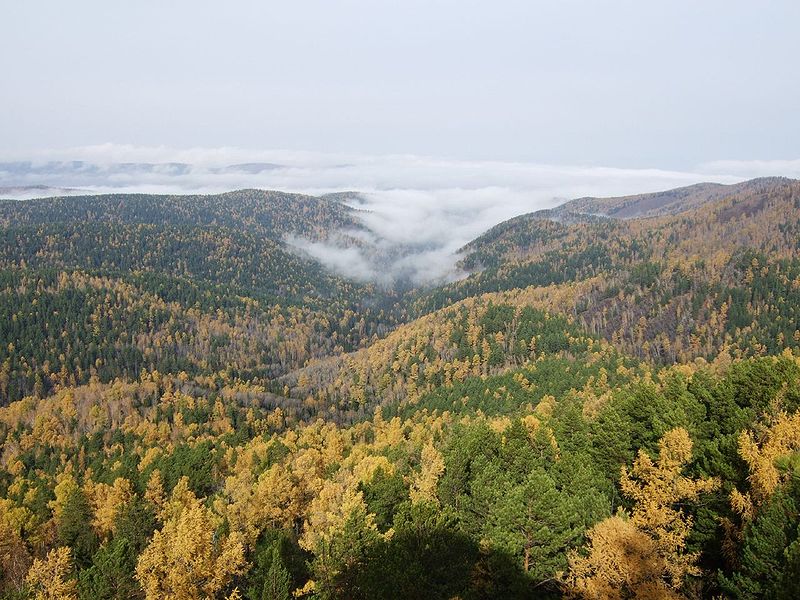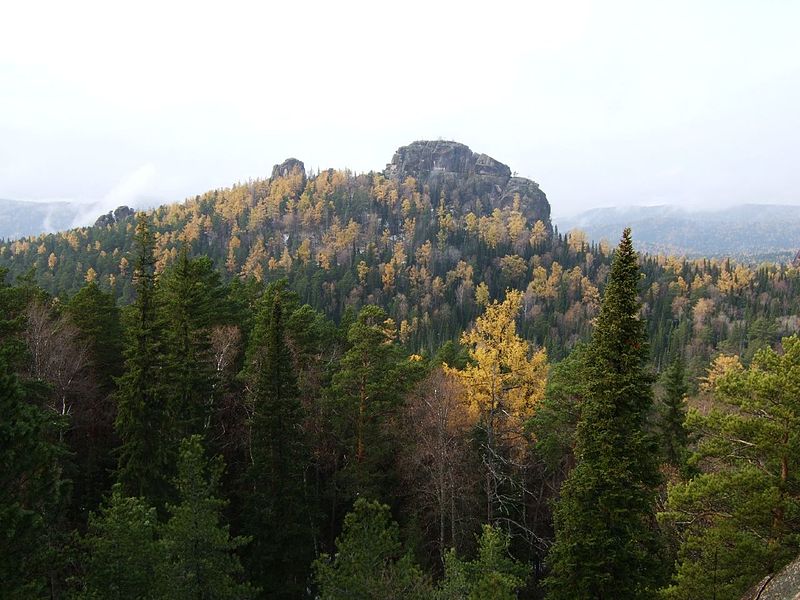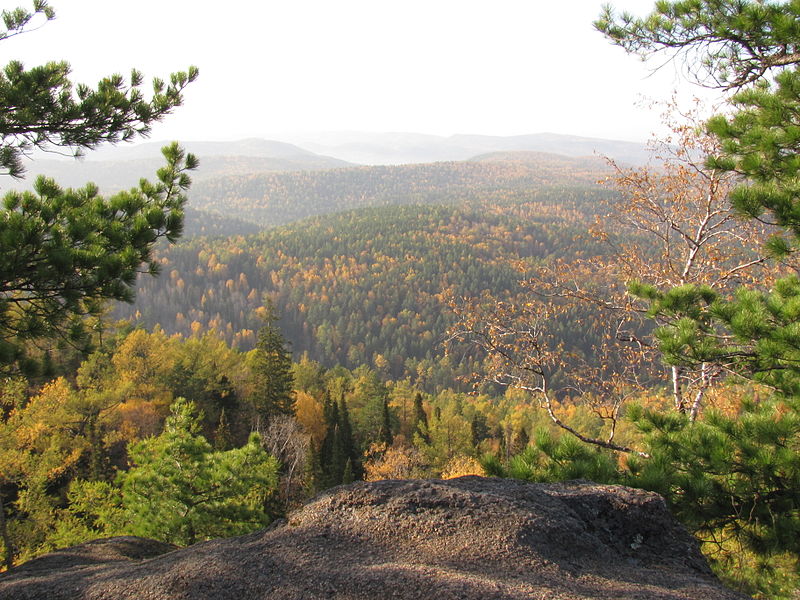Krasnoyarsk Pillars
Not far from Krasnoyarsk, in the mountains of the Eastern Sayan Mountains, between the tributaries of the Yenisei, there is an amazing reserve "Krasnoyarsk Pillars". It was founded back in 1925 to preserve the picturesque places and unique syenite remains spread over an area of 471 km2.
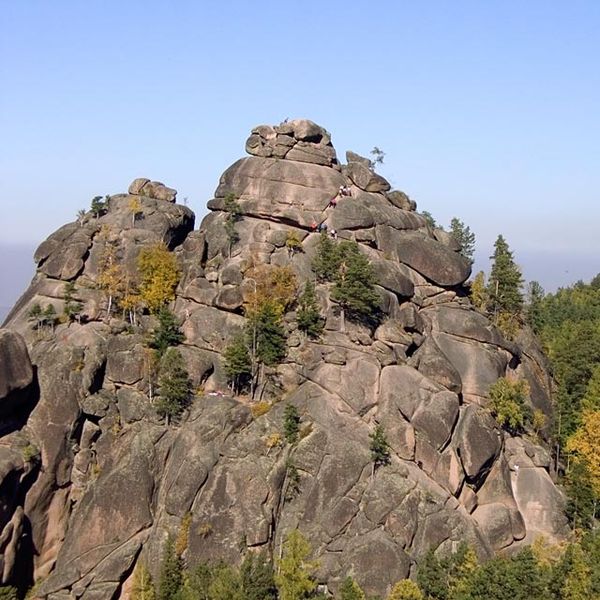
Attractions
The reserve is the hallmark of the Krasnoyarsk Territory, the main attraction of which are huge rocks that have taken on bizarre shapes over millions of years. There are about two hundred rocks in total and each has its own name: Feathers, Grandfather, Grandmother, Ermak, Granddaughter, Small Golden Eagle, Fortress, Savage, Borodoki and others. Even large stones have their own names. In general, places for tourists to visit can be divided into 3 districts: Takmakovsky district, Central Pillars, Wild Pillars.
Recreation and tourism in the Krasnoyarsk Pillars Nature Reserve
For more than a hundred years, this area has been a favorite vacation spot for residents of Krasnoyarsk, and the reserve's administration does its best to promote active recreation by organizing mass sports events in orienteering, rock climbing, mountaineering, and mountain tourism. Over 10,000 people pass along the most popular route on weekends, although its length is quite long, and it is 20 kilometers. The events call for respect for nature.
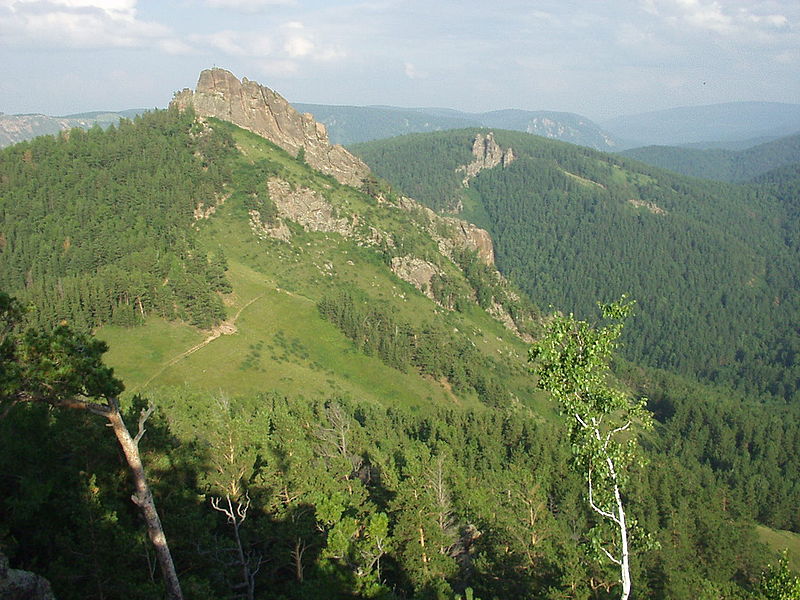
Flora and fauna
The Krasnoyarsk Pillars Nature Reserve is also interesting for its rich flora and fauna, numbering more than 750 species of vegetation and 260 varieties of moss. Due to the climatic features, there are few tree species in the region, mainly Siberian larch, fir, pine, cedar, spruce, aspen and birch. The vegetation of the reserve is represented by 150 species of plants under special protection. These include Krylov's forget-me-not, slipper, two-flowered violet, snow bunion, May palmroot, thin-legged Tony, feathery grasshopper, Siberian fescue. In the forests you can see all the beauty of Siberia, during the flowering of irises, peonies, slippers, bathing suits.
The wildlife of the Krasnoyarsk Pillars Reserve has a pronounced taiga appearance. Musk deer, red deer, marals, roe deer, sables, squirrels, chipmunks, ermines, and hares are common. Sometimes there are moose. Predators are represented by wolves, lynxes, bears, foxes, wolverines, and badgers. During good cedar harvests, bears can often be found in cedar forests. It exhibits its predatory qualities during a shortage of food and can then hunt ungulates. More than 200 species of birds have been registered in the Pillars, of which only 92 live on a permanent basis, the rest are migratory. Birds often include chickadees, thrushes, owls, capercaillies, finches, golden eagles, peregrine falcons, saker falcons, and ospreys.
